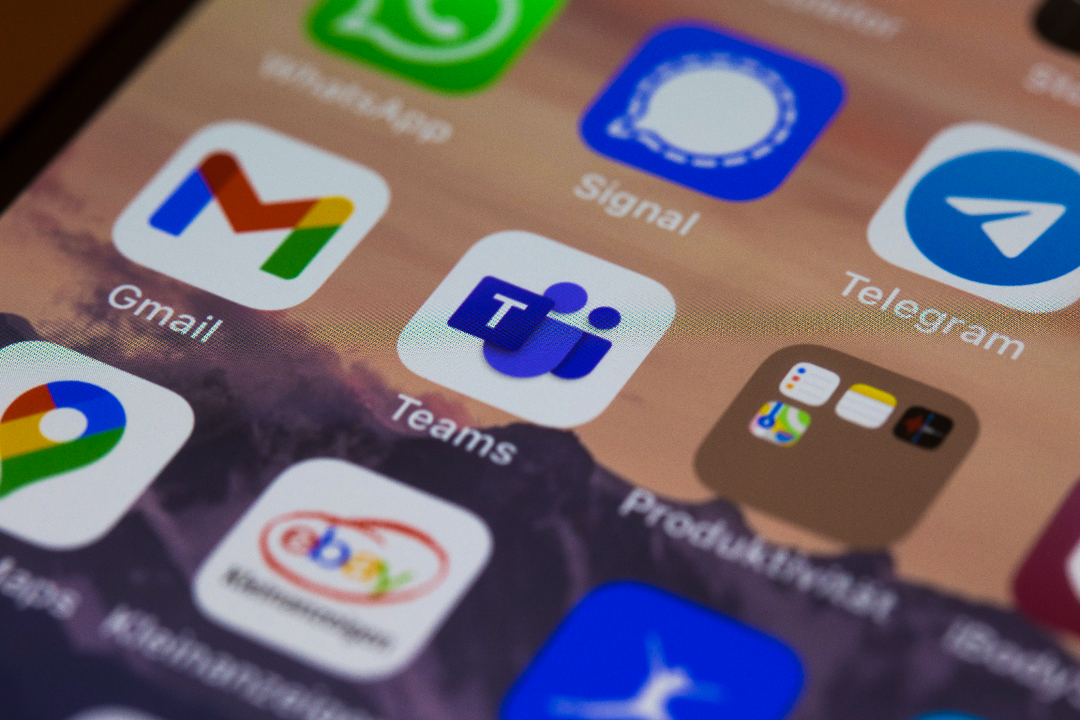Microsoft Teams issues major blow to Zoom with low bandwidth mode
Microsoft Teams takes aim at poor connection and congested networks


Microsoft has rolled out a new update for Microsoft Teams on iOS and Android with desktop functionality to boot. The new feature takes aim at poor network data usage, mainly affecting video calls and collaborative meetings – all of which have become increasingly important in our pandemic-led remote working setups.
Recent news of a potential slimline version of Microsoft Teams, which promises to extend the Microsoft Teams experience to less powerful machines shows that Microsoft is ramping up Teams' offering to take aim at rivals like Zoom. It's also set to offer a view-shifting feature to expand the options available for users on a call, easing call fatigue, and giving more flexibility when in a meeting.
- Watch out Samsung, Oppo foldable phone could arrive sooner than expected
- Samsung Galaxy S20 Ultra 5G gets a massive price drop that can't be missed
- OnePlus 9 Pro official images leak ahead of official reveal and it looks stunning
According to the Microsoft 365 roadmap, the update is likely to be available from mid-March on a mix of iOS and Android-enabled devices from our rundown of the best iPhone and best Android phones.
The feature lets users toggle on an option to reduce bandwidth based on network availability. You may regularly find yourself in an area with reduced network coverage, perhaps even in a more metropolitan area, but with poor signal.
According to Microsoft, “With this feature enabled, we will deliver the best quality experience for the given meeting complexity (the number of video participants, variety of bandwidth conditions, multiple modalities, etc.) limited to 500 kbps on average”.
Low data mode is easy to turn on: head to your handset's Settings, Data, and storage, before hitting the Reduce data usage switch. Pick a device from our best cheap phones and make sure that the above is switched on, as well as toggling on Cellular Network or Always, as per your phone.
Although the primary function of this feature is to limit data usage in the Microsoft Teams mobile app, it's a welcome addition to improve remote working on several levels and hardware form-factors. It also targets a problem that we've all no doubt encountered at one stage or another, preserving precious bandwidth, and improving the overall user experience.
Get all the latest news, reviews, deals and buying guides on gorgeous tech, home and active products from the T3 experts
Source: Gadgets 360

Luke is a former news writer at T3 who covered all things tech at T3. Disc golf enthusiast, keen jogger, and fond of all things outdoors (when not indoors messing around with gadgets), Luke wrote about a wide-array of subjects for T3.com, including Android Auto, WhatsApp, Sky, Virgin Media, Amazon Kindle, Windows 11, Chromebooks, iPhones and much more, too.